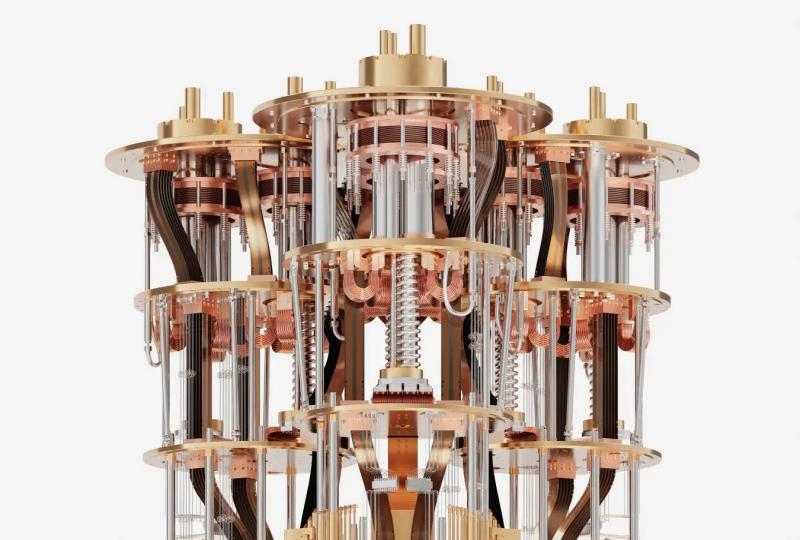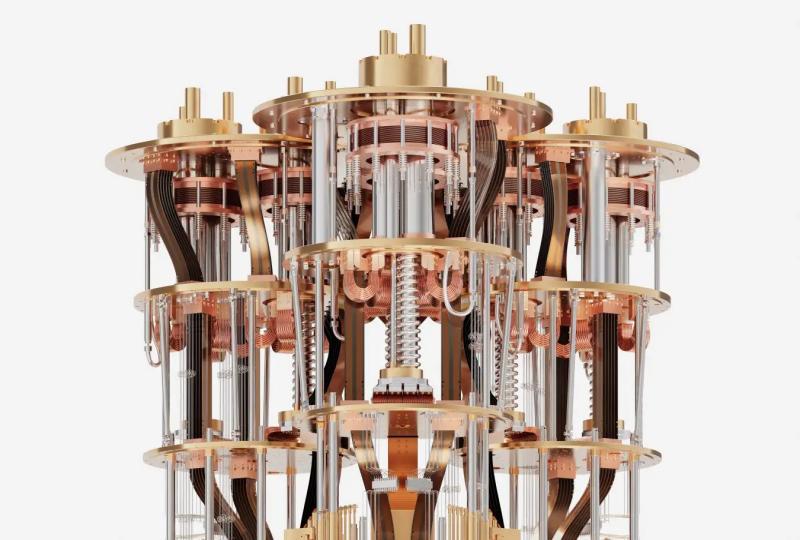Quantum Superposition Explained: How Qubits Do More
2025.05.19 · Blog quantum superpositionQuantum computing
What Is Quantum Superposition?
Quantum superposition is one of the most fascinating and foundational concepts in quantum mechanics. It describes a quantum system's ability to be in multiple states at the same time—a phenomenon that defies our everyday experiences rooted in classical physics.
In classical computing, a bit can only be in one of two states: 0 or 1. But in the quantum world, a qubit (quantum bit) can exist in a superposition of both 0 and 1 simultaneously. This is not just theoretical—it's the principle that gives quantum computers their immense potential.
Classical Bits vs. Quantum Qubits
To understand quantum superposition, it's helpful to compare classical and quantum bits:
|
Type |
Possible States |
Example |
|
Bit |
0 or 1 |
Light switch: ON or OFF |
|
Qubit |
0, 1, or a mix of both |
Dimmer with infinite settings |
In superposition, a qubit exists in a probabilistic blend of both 0 and 1. The moment you measure the qubit, it collapses into one of the two states. Until then, it holds the potential for either outcome—enabling vastly more powerful data processing.
Why Is Quantum Superposition So Powerful?
Quantum superposition enables quantum computers to perform many calculations in parallel. While a classical computer must evaluate each possibility one at a time, a quantum system can evaluate multiple outcomes at once.
For example:
-
1 qubit → 2 possible states (0, 1)
-
2 qubits → 4 states (00, 01, 10, 11)
-
10 qubits → 1,024 states at once
-
300 qubits → More than the atoms in the universe
This exponential growth in state space gives quantum computers the power to tackle problems in cryptography, optimization, quantum chemistry, and machine learning that are intractable for classical computers.
Real-World Examples of Quantum Superposition
1. Quantum Computing: Superposition is used in quantum algorithms like Shor's algorithm (for factoring large numbers) and Grover's algorithm (for search problems).
2. Quantum Simulators: Physicists simulate molecular systems that rely on superposition to model complex interactions.
3. Quantum Sensors: Superposition allows sensors to detect minute changes in gravity, magnetic fields, or acceleration with unmatched precision.
Schrödinger's Cat: A Famous Analogy
Perhaps the most famous metaphor for quantum superposition is Schrödinger's Cat. In this thought experiment, a cat in a sealed box is both alive and dead until someone observes it. This bizarre idea illustrates how quantum systems can remain in multiple states until they are measured.
Of course, real cats are not quantum systems—but particles like electrons, photons, and qubits behave this way at the quantum level.
Superposition in Action: Qubits on the Bloch Sphere
Qubits aren't limited to just 0 and 1—they can exist anywhere on a Bloch sphere, which represents all possible superposition states. This makes quantum computation incredibly flexible and powerful, but also more delicate and complex.
Superposition states are fragile, easily disturbed by noise or interference—this is one reason why building reliable quantum hardware requires ultra-low temperatures and error correction techniques.
The Future of Quantum Superposition
Harnessing quantum superposition is key to the next era of computing and technology. With companies like IBM, Google, SpinQ, and Microsoft building increasingly stable and scalable quantum processors, superposition is no longer theoretical—it's becoming practical.
Here's what to expect in the coming years:
-
More powerful quantum computers using stable multi-qubit superpositions
-
Quantum-enhanced AI that leverages superposition to process data faster
-
Advanced quantum simulations for drug design and material science
-
Secure quantum communication that uses superposition and entanglement to prevent hacking
Final Thoughts
Quantum superposition is not just a scientific curiosity—it's a transformative concept reshaping how we think about information, computation, and the physical world.
By allowing particles to exist in multiple states at once, superposition lays the groundwork for quantum technologies that could change industries ranging from medicine and finance to defense and artificial intelligence.
Whether you're a student, developer, or business leader, now is the perfect time to explore the possibilities of quantum superposition—and the quantum future it makes possible.
Featured Content






